Neta Kligler-Vilenchik
Our work in the Civic Paths team touches on different ways in which participatory culture is linked to realms of civic engagement, particularly for young people. The following story, which has occupied the Israeli media last month, is an intriguing case study both for some questions our team has previously examined (what is the power of storytelling in mobilization?) and aspects we haven’t previously interrogated  (how can “traditional†youth movements fit in “new†efforts of mobilization?).
The letter on Facebook
“I’m looking for the right words to describe my pain right now, and just can’t find them. Nothing is sufficient to describe the anger I feel, the disappointment, the insult and this sadness.
My name is Yael Grinspan, I am the sister of Shahar, who is today 13, who was hurt in a car accident a year and three months ago. A car accident is the term for what has happened to her, but a part of me refuses to use that term. On Saturday, November 28th 2009, at 4 pm, Mark Patrick drove home while drunk, and drove over a traffic island on which my sister was standing, waiting for the red light to turn green.â€
With these words begun a compelling letter, written by 18 year old Yael Grinspan, sent through Facebook to Yael’s network of friends and family, under the heading “Bringing the guilty part to justiceâ€. The letter was written in response to the verdict of the drunk driver’s trial, which Yael and her family had received that day. The driver, who left Yael’s sister Shahar paralyzed, unable to speak or move, was sentenced to 600 hours of community service and a 1000 NIS (about $250) fine. Appalled, Yael wrote in her letter:
“A driver caught talking on a cell phone while driving is fined NIS 1,000. A person who threw a shoe at a judge received a three-year prison sentence. The person who took my sister’s life, who destroyed an entire family, will continue to live as though nothing happened.”
In her letter, Yael explained that her family tried to contact the State Prosecutor’s Office, and were dismissed. She finished her letter with the request to share the letters with others, as well as to try and get it to be published in the mainstream media. Later, an online petition was added to the mix.
While it is now hard to trace the spread of the letter through the social network that day, its result is clear. Before Yael’s letter, the story had received limited coverage in news outlets, and close to no public attention. The very morning after Yael had published her Facebook letter, Ma’ariv, one of the top mainstream newspapers in Israel, dedicated its cover page to the story, publishing the full letter, as well as a picture of the two sisters.
Mass media and public response
That day, the story had stirred the state. It went through all the mainstream media channels, including mainstream Israeli newspapers, television appearances, and English language media. In addition, motivated either through the online dissemination of the letter, or through mainstream media, thousands signed the online petition or pressed ‘like’ on the facebook page of the original letter (by now, April 12 2011, the online petition has garnered 76,111 signatures and the facebook page was liked by 60,267, quite amazing for a country of 7 million residents). Reacting to the public attention, the State Prosecutor had contacted the family, promising to personally investigate the case (though in the past days the family had been notified that the verdict cannot be appealed or overturned). By that point, however, Yael Grinspan had received so much public response to her story, that she felt a larger cause needs to be fought.
The Grinspan case had touched on several hot social issues. One was the issue of drunk driving and its ramifications. Drunk driving is a social issue that exists on the Israeli public agenda, but is often framed around youth drinking and driving (more so, perhaps, than seeing youth as its victims). A second social issue that emerged, and the more controversial one, revolved around the inadequacies of the Israeli legal system. Yael’s letter critiqued the legal system for giving the perpetrator a light punishment, just in order to enable a quick procedure and end a trial. Her claims touched on a loaded social critique of the legal system, which had been blamed for inefficiency, long waits for trials, and procedural problems.
The mass media embraced the legal critique aspect of the story, asking Yael what punishment she would have found just, or whether she encountered other people with similar stories of public injustice. The second aspect of the story – drunk driving and its ramifications – was embraced by a somewhat surprising social agent – the Israeli scouts (Tzofim). To understand the nature of the scouts’ involvement, some context is needed.
Mobilizing through traditional youth movements – the Israeli scouts
Founded in 1919, the Israeli scouts were the first Zionist youth movement in Israel. It is a nationally based organization, with local “tribes†in different cities and towns, in which most activities are run by youth instructors (aged 16-18), who lead groups of younger kids (from about age 10). One of its most interesting characteristics is that over the last 10 years, its membership has grown by over 55%, while almost all other youth movements in Israel are seeing continuously decreasing membership.
The Israeli scouts define themselves as a political, but non-partisan, youth movement. Thus, while hiking and outdoors activities are part of the repertoire (for both girls and boys, who usually attend mixed gender activities), the scouts see part of their mission as educating youth on burning social issues, while promoting values of democracy, communality, initiative and leadership.
The Israeli scouts’ interest in the Grinspan case began through a personal connection – Shahar Grinspan was, until her accident, a member of the scouts. Yael Grinspan is a youth leader in her local scouts tribe. This association prompted the Israeli scouts to take up the Grinspan case as part of a larger cause, opposing drunk driving and demanding stricter punishments for drunk drivers. Young members of the Israeli scouts all over the nation went out to the public, collecting signatures for Grinspan’s petition and raising awareness for the issue. Yael Grinspan was soon dubbed a social leader when she headed, in partnership with the scouts, a public protest that was held outside the Israeli parliament on March 22, 2011 (which turned out not as large as hoped – about 2000 people attended, mostly young scout members).
Still, Yael’s protest was not futile. A parliament member proposed a law, demanding that any plea bargain with perpetrating drivers can only be approved after hearing the response of the victim or their family. In addition, similar cases gained attention, such as the story of Shiri Crassenti, whose 14 year old sister Liza had been hit in a car accident. Shiri demanded justice to the perpetrator, who had regained his driver’s license, even before the trail against him had begun. In response to the attention of the Grinspan case, Shiri had also published a letter on Facebook, and the two were quickly framed by the media as “two sisters in a joint battleâ€.
The Grinspan case as Transmedia storytelling mobilization
Following the immense attention the Grinspan case had received in Israel, communication scholars in Israel discussed the story as a case of the power of social networks. Uzi Benziman discussed the way that computer mediated communication creates a sense of intimacy, by giving the sense of a personally targeted communication. Other critics raised the question whether the story of a different person, one who isn’t a photogenic, charismatic young Ashkenazi (of European decent) woman of mainstream Israel, would have achieved the same media attention.
I would like to take a different focus, one that looks at the Grinspan case as one of mobilization, particularly youth mobilization. Here, the question is, what about the Grinspan case enabled the mobilization of youth to massively sign an online petition, go out and collect strangers’ signatures, and (for at least 2000 youth) attend a public protest in the capital?
A key strength of the Grinspan case was the power of the story, as told by Yael. Yael’s letter, which is simultaneously eloquent and blunt, touched readers’ cords with the personal, intimate story it shared. The story was told from the point of view of an 18 year old girl who witnessed her 13 year old sister’s life being destroyed. Its power was not only in content but in context: it was part of Yael’s Facebook page, where the profile picture depicts the two sisters (before the tragic accident) on a ski trip. Young readers who navigated to Yael’s facebook page (which is set to partial privacy to non-friends) could see a personal side of her – in addition to her profile picture, one can see the list of her 412 friends, the name of her high-school, and even “Hogwarts School of Witchcraft and Wizardry†listed as her college. In her letter, as well as in her subsequent media appearances, Yael maintained an open, honest image, confessing about her relationship with her sister before the accident: “We were simply terrible sisters. We couldn’t have one conversation without screaming at each other.†Such statements made Yael’s story not only deeply personal, but also particularly resonant for young people.
In our work in Civic Paths, we have considered how groups attempting to encourage youth civic engagement use storytelling as an element of mobilization. For the Harry Potter Alliance, an activist group using connections to the magical world of Harry Potter to encourage civic engagement, a fictional story world is used as an impetus to drive youth action. Characters, themes and events from the book, which carry significant meanings for Harry Potter audiences and fans, are paralleled to real world issues, thus creating ground for fan activism. Invisible Children, an activist group focused around awareness-building and fundraising for the ending of the civil war in Uganda and the country’s redevelopment, uses the power of movies and other media as a tool to tell stories about Ugandan residents, most notably child soldiers and the phenomenon of night commuters. In speaking to members of both these groups, we have found that their sense of identification with the organizations and mobilization to action is largely connected to a shared media experience with stories or content worlds. These media experiences are ones that are powerful on the individual level, and are particularly amplified when they are shared with others, and used as a vocabulary and a motivation for social action. Moreover, the stories these organizations build on are often disseminated as transmedia experiences, using a variety of platforms, while engaging the particular strengths of each platform. Our team member Lana Swartz thus referred to these organizations’ efforts as transmedia storytelling mobilization.
The story of Yael Grinspan was likely a powerful narrative, particularly, though not at all exclusively, to young audiences. It was moreover a transmedia story, circulated through a variety of channels, in ways that often tapped the strength of each channel. Commentaries which frame the story only as a manifestation of the power of social networks may thus simplify the picture. Yael’s story, instead, benefited from the intimacy of a personal letter, transmitted through her own personal social networks; the power of social agents in deciding to spread a message to their networks; the affordances of the Internet which enable a mass signing of a petition, where people simultaneously see their own signatures amassing with those of countless others; the power of mass media in incorporating a story from the social network, and foregrounding it in its front pages. In contrast to pre-planned transmedia stories utilized by activist organizations, Yael’s story was not planned as a strategic process of transmedia storytelling mobilization. Still, its adoption and adaption to multiple platforms enabled maintaining a powerful coherent story, while also benefiting from the specific affordances of multiple channels.
Role of traditional youth movements
A second interesting point of connection of the Grinspan case to some of the Civic Paths work is the role of the Israeli scouts in the mobilization efforts around the case. As previously mentioned, due to Yael and Shahar’s membership in the scouts, the youth movement rallied around the case to organize a protest against light punishments to drunk drivers. Members of the youth movement not only participated in the protest in front of the Israeli parliament, but also helped collect signatures and raise awareness for the issue. The mobilization cannot be described as a univocally successful one – only 2000 young people arrived at the protest, and a month later, the protest has not been sustained. Still, the connections between Yael’s Facebook letter and the scouts is one worth looking into.

Sticker prepared by the scouts for the protest, labeled: "We demand deterrent punishments for drunk drivers!", as well as "letting Shahar's voice speak". On the left is the logo of the Israeli scouts.
One of the questions we ask in our research is, why young people may prefer to become involved through “new†forms of civic engagement, ones that, among other things, make rich use of popular and participatory culture. In our research, participants of IC and HPA shared with us their perception of most traditional non-profits as outdated or not geared toward young people. The Israeli scouts may, for some young people, be similarly seen as an outdated movement, and it is struggling with the image of being irrelevant to the lives of youth today. Partnering with Yael Grinspan on the mobilization around her sister’s case may thus have benefited both sides.
For the scouts, working with Grinspan enabled a public spotlight, spilling some of the media attention around the Grinspan case to the youth movement, which normally is rarely deemed newsworthy. Media coverage of Yael in her scouts uniform, talking to fellow scouts about her sister’s car accident, or young children in scouts uniform collecting signatures in the mall, were a rare public representation of a movement that prides itself in encouraging youth engagement, but is rarely given a voice in the media. For Yael Grinspan and her family, partnering with the scouts enabled a reliance on an existing movement that has a strong membership base, communication channels with young people all over the nation, as well as a large staff, experienced in public relations and production of protests and public events. These local, on the ground efforts of a public protest complemented the massive signing of the online petition, thus moving the action around the Grinspan case from the often dismissed realm of “online activism†only, to a public protest – a genre of activism traditionally valued in democracy.
While Yael Grinspan’s protest had not achieved the goal of upturning the verdict of the drunk driver who hit her sister, it has – at least temporarily – became an impetus for discussion and action for many young people. Perhaps Yael’s short but intensive experience as a “social leader†may empower her not only to continue fighting her family’s cause, but to harness her charisma and rhetoric strength to additional mobilization of young people.


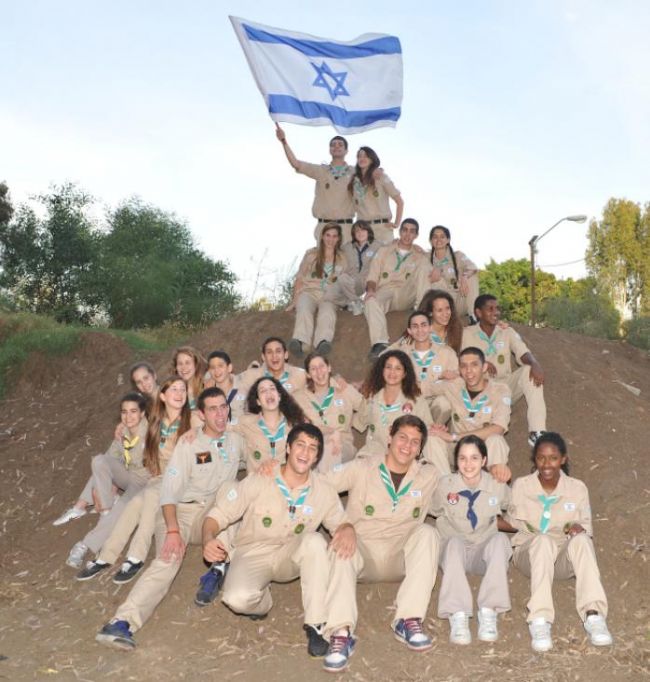


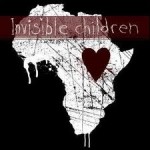
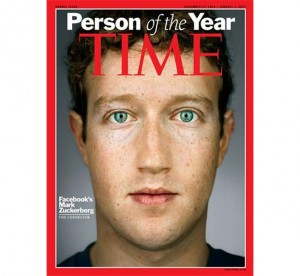
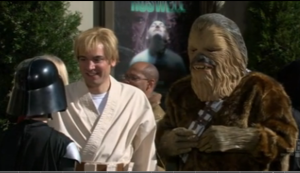







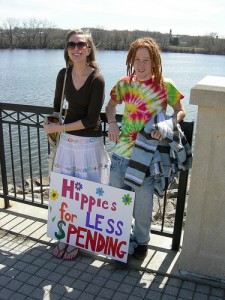
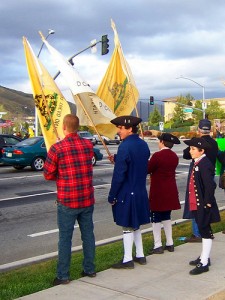 While it is true that
While it is true that